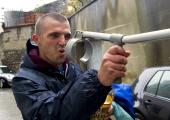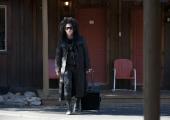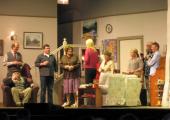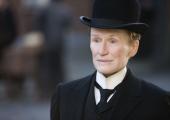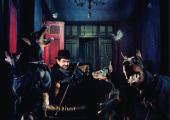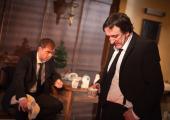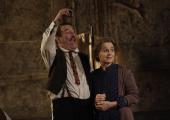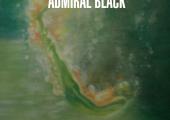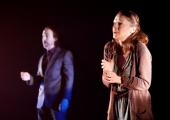10 Questions for The Duckworth Lewis Method
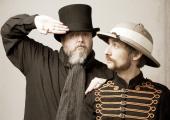
More tall tales and ripping yarns from cricket-loving Irish duo
It's four years almost to the day since The Duckworth Lewis Method released their first album, a whimsical batch of songs about the myths and mysteries of cricket. It earned them a kind of nichey notoriety among cricket fans and was an eccentric treat for devotees of the duo behind the project, The Divine Comedy's mastermind Neil Hannon and Thomas Walsh of Dublin-based pop band Pugwash.

